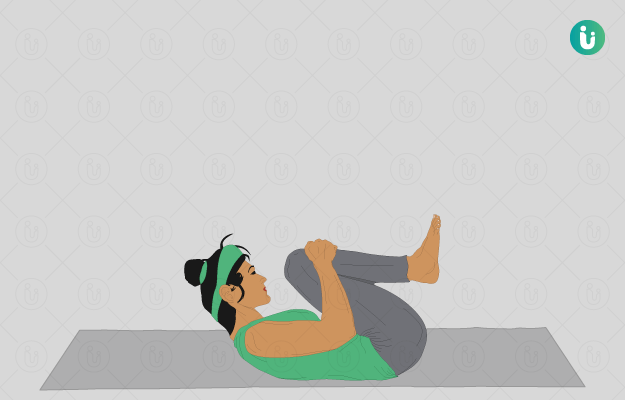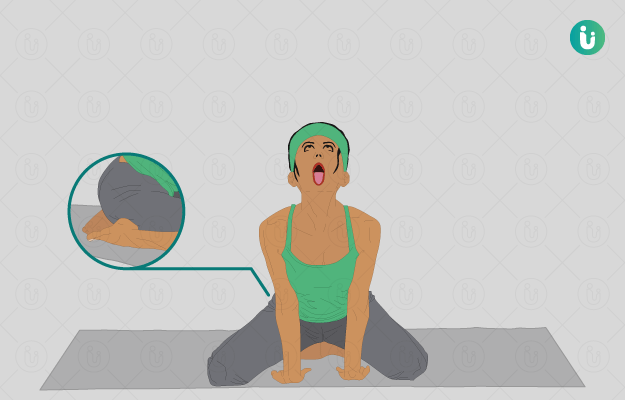"Through the practice of these limbs of yoga, impurity is overcome and wisdom and an enduring capacity to make distinctions are achieved." - Patanjali’s Yoga Sutra, 2:28
Paschimottanasana is one of the 12 basic poses of Hatha yoga and is also a part of Ashtanga yoga. In this seated pose, the upper body is bent forward and over the legs. Known as the Seated Forward Bend pose in English, this asana’s name derives from three Sanskrit words: paschima, meaning back or west; uttana, meaning intense stretch; and asana, meaning pose.
While this pose can be challenging for beginners, it is known to have a soothing effect and can be used therapeutically to treat anxiety and depression. It also works well to loosen up the hamstrings considerably over time. Here’s everything you need to know about Paschimottanasana (Seated Forward Bend Pose).




















